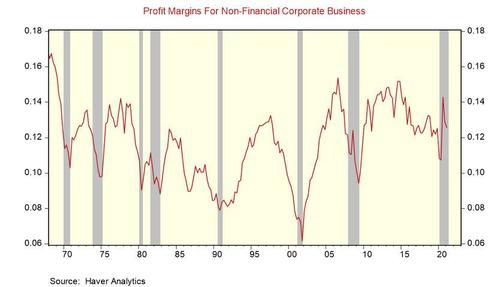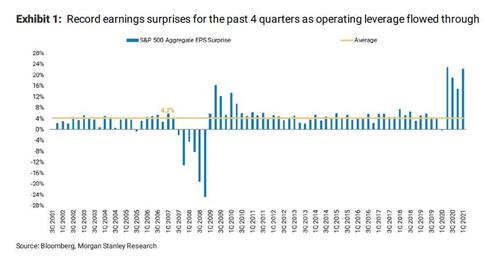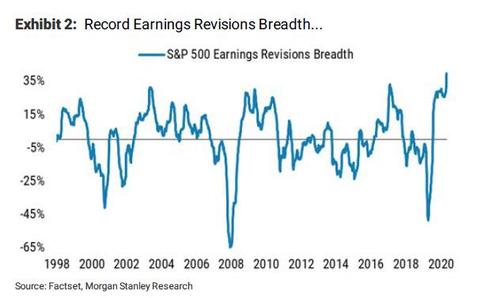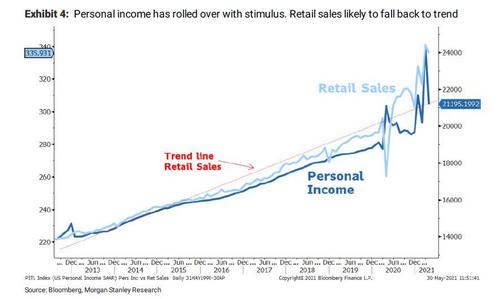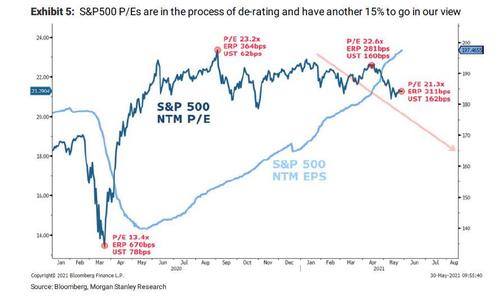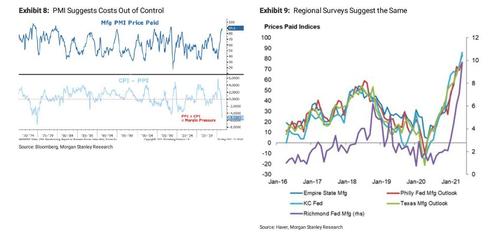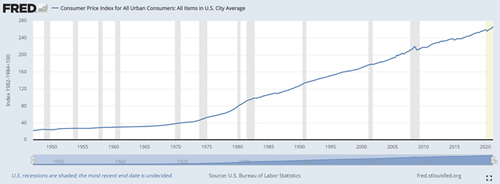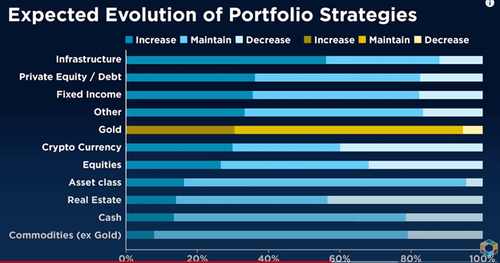
Yesterday I visited a movie theater for the first time in more than a year. Amid the endless ads and previews, the management repeatedly begged us to see upcoming releases in a theater rather than watching them at home, touting the advantages of a big screen and superior sound. Cinemark also emphasized its COVID-19 control measures, including elaborate yet generally pointless precautions such as seat wipes and frequent swabbing of surfaces. But the most appealing thing to me was a safeguard the chain has abandoned: Face masks are now “optional for fully vaccinated guests.”
While masks are “strongly encouraged for all other guests,” they “may be removed when eating and drinking inside the auditorium.” In practice, since no one was checking vaccination cards (I brought mine just in case) and Cinemark customers commonly eat and drink while watching movies, this means face masks are optional for everyone. Now that vaccines are available to anyone 12 or older, that policy makes sense. People who are especially risk-averse might balk, but they probably are not going out to the movies anyway.
The situation for air travelers is quite different. Under a rule that the Transportation Security Administration (TSA) recently extended through September 13, all passengers, regardless of whether they have been vaccinated, must wear face masks “at all times” in airports and on airplanes. Violators are subject to a $250 fine the first time around and up to $1,500 for repeat offenses. As you might expect from the agency that gave us “security theater,” the face mask rule is a form of public health theater, gratuitously incommoding passengers to create the illusion of added safety.
While the Centers for Disease Control and Prevention (CDC) “recently announced that fully vaccinated travelers…can travel safely within the U.S.,” the TSA says, “the CDC guidelines still require individuals to wear a face mask, socially distance, and wash their hands or use hand sanitizer.” The TSA’s attempt to pass the buck is more than a little misleading.
The CDC’s latest guidelines actually say that vaccinated people “can resume activities without wearing a mask or staying 6 feet apart, except where required by federal, state, local, tribal, or territorial laws, rules, and regulations, including local business and workplace guidance.” So yes, as long as the TSA requires all airline passengers to wear masks, that edict qualifies as an exception to the general rule. But that hardly means the TSA’s requirement is based on scientific guidance from the CDC, as the TSA implies.
“Right now,” says Acting TSA Administrator Darby LaJoye, “about half of all adults have at least one vaccination shot and masks remain an important tool in defeating this pandemic. We will continue to work closely with the [CDC] to evaluate the need for these directives,” which also apply to buses and trains.
LaJoye implicitly rules out the possibility of letting vaccinated passengers dispense with masks, even though verification is feasible and does not require a government-run system. American Airlines, for example, offers vaccine verification for international travelers through its VeriFLY smartphone app. Similar solutions could be used to qualify for an exemption from the face mask rule if the TSA allowed it.
The TSA also is hazy about exactly whom it is trying to protect by requiring all passengers to wear face masks. Little kids do not qualify for vaccines yet, but they are extremely unlikely to suffer life-endangering symptoms even if they are infected by the COVID-19 virus. They are also relatively unlikely to transmit the coronavirus. Some adults have preexisting medical conditions that may impair the effectiveness of vaccines. But by and large, Americans who are unprotected from the virus are unprotected because of their own choices. That reality should figure in decisions about how everyone else is required to behave—especially decisions, such as mandatory masking of vaccinated travelers, that provide no real public health benefit.
“An airplane cabin is probably one of the most secure conditions you can be in,” Sebastian Hoehl, a researcher at the Institute for Medical Virology at Goethe University Frankfurt in Germany, told Scientific American in November. An October article in The Journal of the American Medical Association likewise advised that “the risk of contracting COVID-19 during air travel is low.” Here is why:
Air enters the cabin from overhead inlets and flows downwards toward floor-level outlets. Air enters and leaves the cabin at the same seat row or nearby rows. There is relatively little airflow forward and backward between rows, making it less likely to spread respiratory particles between rows.
The airflow in current jet airliners is much faster than normal indoor buildings. Half of it is fresh air from outside, the other half is recycled through HEPA filters of the same type used in operating rooms. Any remaining risk to be managed is from contact with other passengers who might be infectious. Seat backs provide a partial physical barrier, and most people remain relatively still, with little face-to-face contact.
Given these factors, it is not surprising that few COVID-19 cases have been linked to air travel. “Despite substantial numbers of travelers,” the authors noted, “the number of suspected and confirmed cases of in-flight COVID-19 transmission between passengers around the world appears small (approximately 42 in total).” They added that “onboard risk can be further reduced with face coverings, as in other settings where physical distancing cannot be maintained.”
That advice was offered before vaccines were available. Widespread vaccination, combined with immunity acquired from prior infection, makes a small risk even smaller. And given the remarkable effectiveness of vaccines, forcing passengers to continue wearing masks even after they have been vaccinated cannot reasonably be expected to provide any significant additional safety. Yet that is what the TSA is doing.
The New York Times notes a surge in reports of “unruly behavior by passengers,” most of them related to the mask mandate. As of late May, the Federal Aviation Administration had received 2,500 such reports since the beginning of the year, 1,900 of which involved passengers who refused to wear a mask. In one especially extreme incident, a woman was arrested and banned for life from Southwest Airlines after she punched a flight attendant in the face.
You can thank people like that passenger for the lack of booze on Southwest and American flights. The Times says both airlines “have postponed plans to resume serving alcohol on flights in an effort to stop a surge of unruly and sometimes violent behavior by passengers who have shoved, struck and yelled at flight attendants.” American said “alcohol can contribute to atypical behavior from customers onboard, and we owe it to our crew not to potentially exacerbate what can already be a new and stressful situation for our customers.”
Notably, American and Southwest will continue serving alcohol in business and first class. Evidently it is only the plebes in coach who get unruly when they drink. Alcohol service in coach, which has been suspended since March 2020, now will not resume until September 13, when the TSA’s mask rule, which originally was supposed to end on May 11, will expire unless it is extended again.
Unnecessary face masks surely contribute to the “stressful situation” that American says is exacerbated by alcohol (a judgment that coach passengers who drink to relax might question). For every obnoxious or violent resister, there are many quietly resentful passengers who do not understand why vaccination does not allow them to stop wearing face masks.
Maybe airlines would disregard those objections even if the TSA did not require them to do so. The Air Line Pilots Association welcomed the extension of the TSA’s rule, counterintuitively claiming that it would “ensure the safety of passengers and crew from unruly passengers” upset about the TSA’s rule. In an NBC News opinion piece last month, Sara Nelson, president of the Association of Flight Attendants, made it clear that her union views face masks as a nonoptional safeguard akin to seat belts and oxygen masks:
Flight attendants would never tell you that “whether you put on the oxygen mask is a matter of personal choice.” We understand that clear air turbulence really can throw you against the ceiling without warning, so we don’t say, “Some people believe seatbelts won’t keep you safe, so it’s up to you to decide whether to wear one.”
We’re also trained to help stop the spread of infectious disease. We’re not just enforcing these long-overdue mask policies because we have to: We understand that masks are a way we keep ourselves and each other safe. And we’re grateful policymakers are backing us up.
While Nelson may think that requiring vaccinated passengers to wear masks is “a way we keep ourselves and each other safe,” neither the science nor the current advice from the notoriously hypervigilant CDC backs her up. It’s not clear whether airlines would nevertheless placate irrationally fearful flight employees and passengers by imposing a gratuitous burden on vaccinated customers. But it is clear that the TSA is not giving them any choice in the matter.
from Latest – Reason.com https://ift.tt/3fGqxAp
via IFTTT
